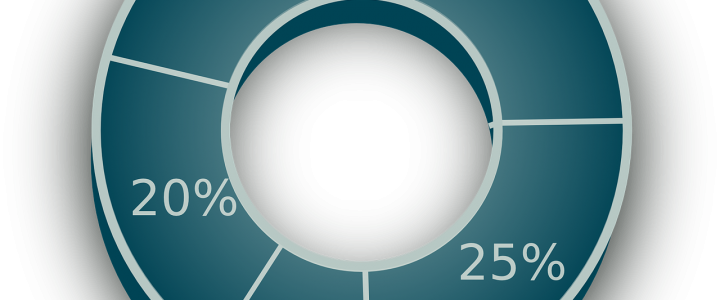Let’s do a reality check. With tax season in full swing, markets doing their day-to-day dance and winter weather still causing havoc, it’s sometimes hard to know what’s going to happen next. In light of the events of 2020, some may be carrying added anxiety into this time of year. Spring and brighter days are on the way as the nation continues marching forward.
Because anxiety can lead to irrational money decisions, the best way to fight it is to take a deep breath, focus on your goals and then take the next step forward — no matter how small. Before long, you’ll find yourself “marching” forward with momentum and greater confidence.
Last week
Fed officials failed to settle concerns over rising yields. Major equity indices rallied sharply into the weekend after the positive February non-farm payrolls report. The Johnson & Johnson’s vaccine approval propelled the early week rally. The rally fell as Fed chair Powell reiterated the FOMC’s view that rising price pressures are likely transitory. The rates market viewed this “do nothing” attitude as a reason to dump bonds. The tech-heavy Nasdaq losses captivated investors’ attention. This mark the third consecutive weekly decline. The growth index markedly underperformed value as that reopening rotation continued.
Week Ahead
The U.S. Senate passed the $1.9 trillion COVID-19 aid package, so the bill now will go to the House. That said, Friday’s plunge and reversal has elicited calls of surrender, but most technical metrics failed to reach such levels. The indices’ quick rebound should be a warning to the bears, but neither party seems to have the upper hand when looking at the technical charts. This fight is likely to continue, leading to elevated volatility levels. The darling high-growth names have not recovered anywhere near the extent that big tech companies have. And the easing of yields is likely needed to boost them. The weak Treasury auction two weeks ago sent yields sharply higher, so this week’s demand for government paper will be closely watched. The Federal Open Market Committee’s next policy meeting is on March 17 and will provide updated economic projections.
Despite what happens to the economy, you have the right to be confident — you have crafted a plan and I’m here for you each step of the way. As Warren Buffett famously said, “I don’t try and guess interest rates, I just buy businesses I like.” Maybe your next step is to set up some time to talk about your options for marching forward? I’d welcome that! Year-to-date the S&P 500 is up 2.29%, Dow Jones Index is up 2.91%, and the Nasdaq up 0.25%.
Financial Advisor Erie CO focus on investments, wealth management, retirement in Boulder, Louisville, Niwot, Lafayette, Windsor, Berthoud, CO
This website is for informational purposes only and is not intended to be specific advice or recommendations. For specific advice or recommendations you would need to meet directly with one of our advisers.





